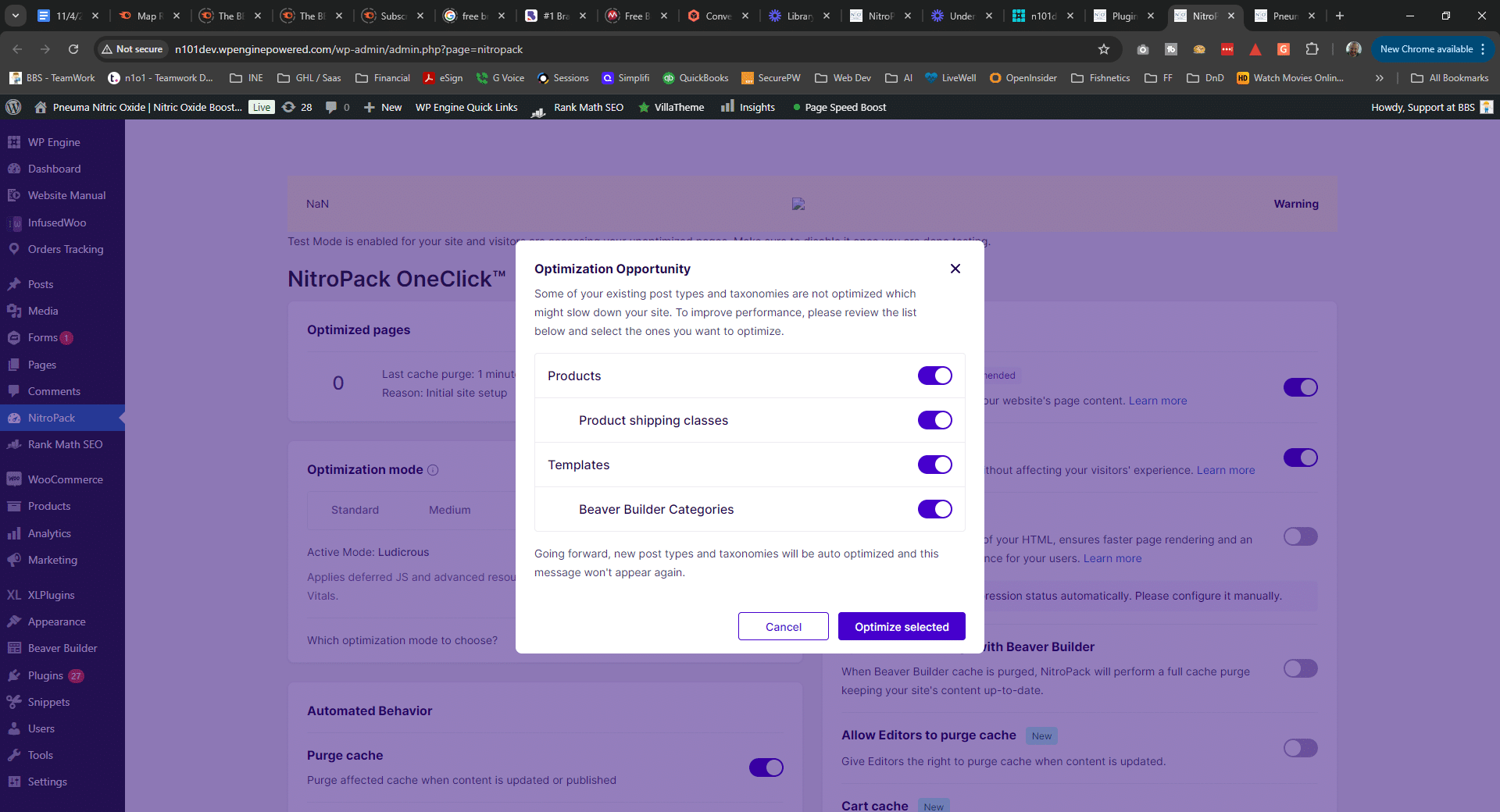Effective February 1, 2024, Google and Yahoo! are implementing changes to their email policies that will impact the delivery of marketing emails sent from free email accounts such as Gmail and Outlook. These changes are aimed at safeguarding their customers and promoting responsible email marketing practices.
What does this mean for small business marketers? To adapt to these important policy changes, you’ll need to have a custom domain for sending your marketing emails, whether you’re using Mailchimp or any other email marketing software.
If you already have a custom domain for your business, you’re on the right track. Your next step will involve DKIM authentication.
If you’re unsure about what a custom domain is or don’t currently have one, read on to understand what you need to do to prepare for these changes from Google and Yahoo!.
Understanding Free Domain vs. Custom Domain:
A domain is a unique internet address that identifies a specific website. It’s what you type into a web browser to access a particular site, such as “thebbsagency.com.”
A free domain is one you can obtain without any cost, common examples being Gmail.com, Yahoo.com, Outlook.com, and WordPress.com. On the other hand, custom domains are purchased through domain registrars like GoDaddy for an annual fee. They can be customized to your preference, provided the chosen name is available.
With a custom domain, you can not only create a website but also use it for your company emails, such as “[email protected].” In contrast, free email services use their own domain names in your email address.
Steps to Get a Custom Domain Name
Choose a Domain Name and Alternatives:
Select a domain name for your business, and have alternative options in mind in case your first choice is already registered. Opt for a name that is short and easy to remember.
Check Domain Name Availability:
Visit a reputable domain registrar’s website like GoDaddy, Namecheap, or Google Domains to check if your desired domain name is available. Consider different registrars for pricing comparisons.
Choose a Domain Registrar:
Select a domain registrar, considering their pricing for domain registration as well as any additional services they offer, such as website hosting or email hosting.
Purchase Your Domain Name:
During the purchase process, you will need to provide contact information that will be recorded in the domain’s WHOIS database. Ensure this information is accurate and updated, as it’s essential for domain management.
Additional considerations during the purchase include selecting the registration period (typically one year or longer), enabling automatic renewal, and exploring optional services like privacy protection, email hosting, and website hosting.
Once you’ve acquired your custom domain name, you’re one step closer to establishing your business’s online presence.
Setting Up Your Custom Domain Email Address:
Configuring a custom domain email address can involve technical steps, so consider delegating them to a tech-savvy team member if needed. Here’s an overview:
- Configure DNS Settings: Ensure your domain registration and hosting are connected, allowing visitors to access your website via the domain name. This step also verifies your domain ownership for email setup. Some registrars may automate this process if you use the same company for registration and hosting.
- Set Up Email Accounts: Using the control panel provided by your email hosting service, create email accounts using your custom domain (e.g., “[email protected]“). Manage passwords, aliases, and other administrative tasks from this panel.
- Configure Email Clients: To access email sent to your custom address, configure an email client such as Microsoft Outlook or Gmail. Input the incoming and outgoing server settings provided by your email hosting service.
- Test Sending and Receiving: Send a test email to ensure that your setup is correct. Confirm that you can both send and receive emails.
- Configure Additional Settings (Optional): Depending on your chosen email hosting service, you may have options for features like email forwarding, filters, and security measures such as two-factor authentication (2FA) and encryption.
With your custom domain email address in place, you’re ready to start sending and receiving emails professionally.
Additional Steps to Prepare for Google and Yahoo! Email Policy Changes:
In addition to sending marketing emails from a custom domain, you’ll need to take the following steps to comply with Google and Yahoo!’s email policies, effective February 1, 2024:
- Authenticate Your Domain with DKIM and DMARC: Ensure your domain is authenticated using DKIM and DMARC.
- Maintain a Low Spam Complaint Rate: Aim to keep your complaint rate at 1 per 1,000 emails or lower. This aligns with industry standards for healthy email practices.
Taking these actions in December and January will ensure you are prepared for the upcoming February 1 deadline and can continue your email marketing efforts effectively.





